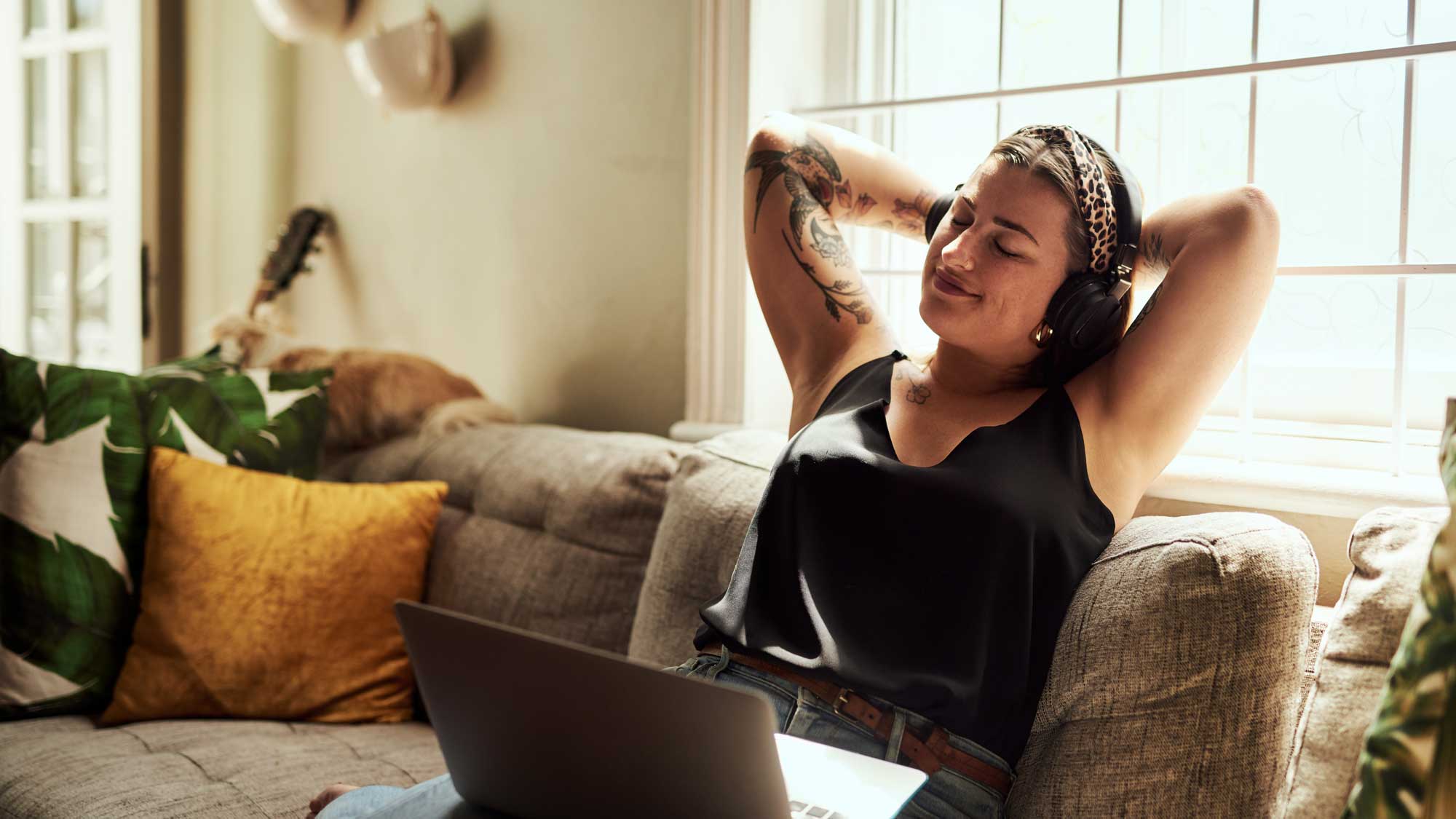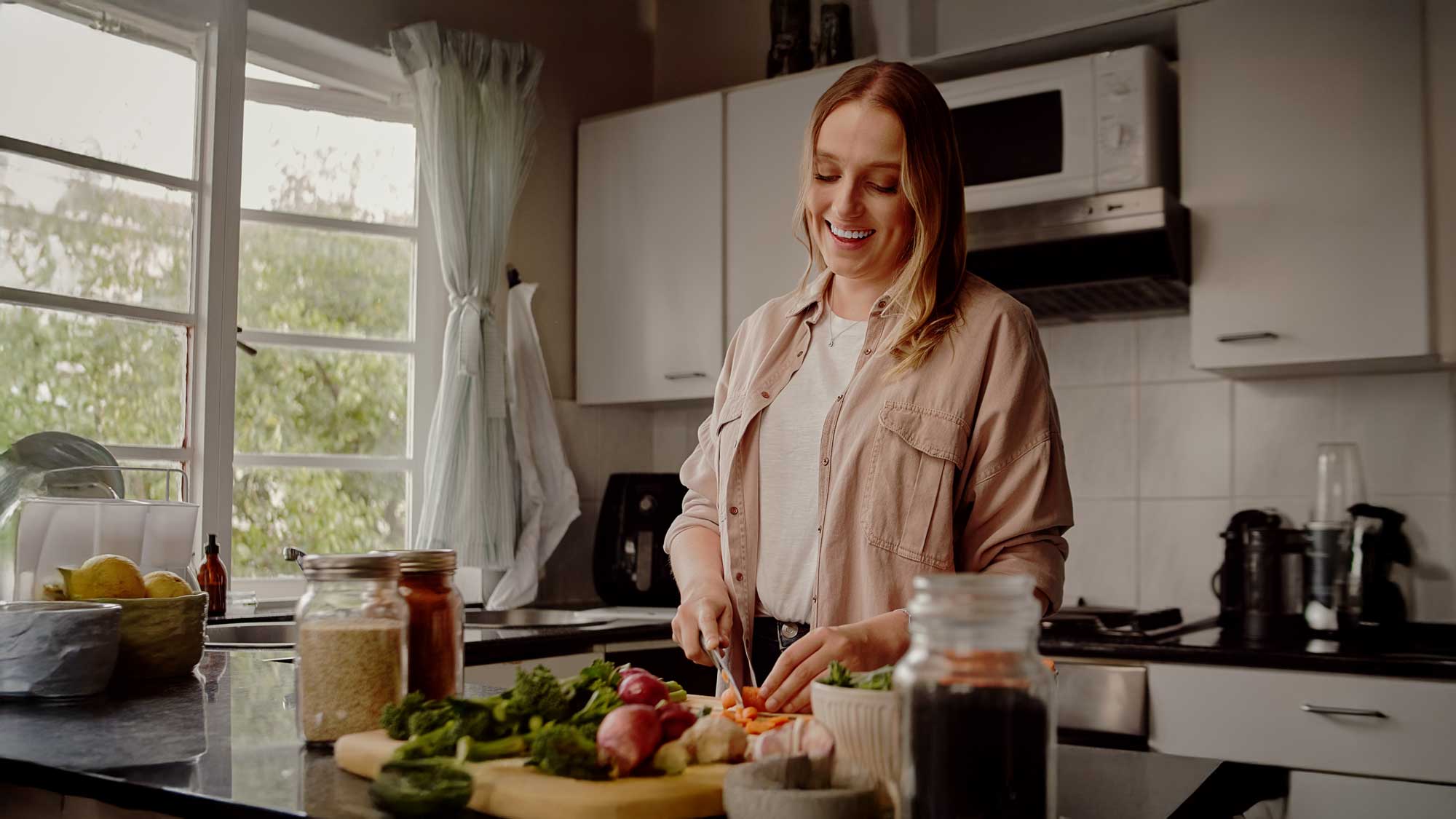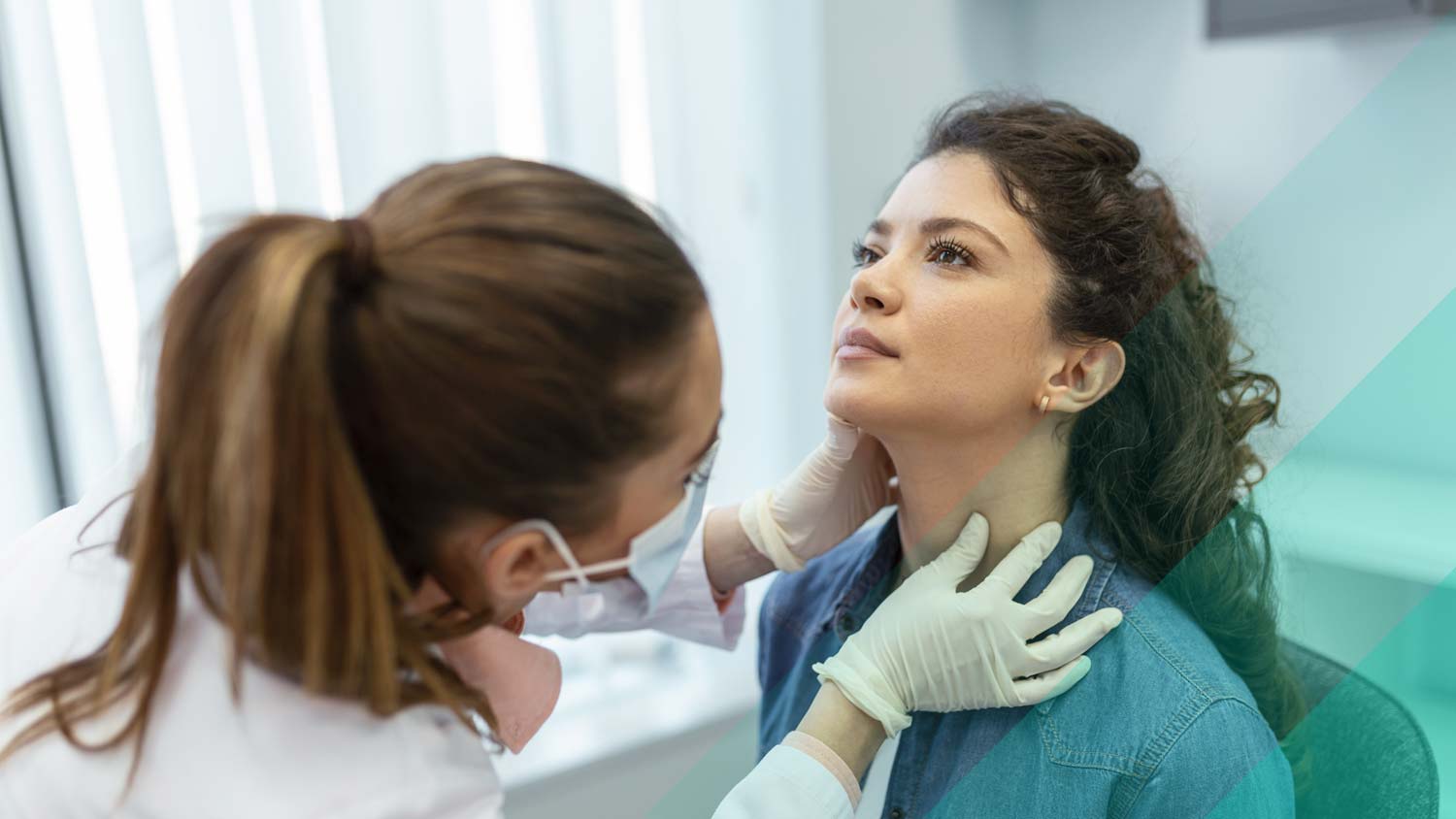From puberty to age 50, women are twice as likely as men to develop an anxiety disorder. While around 43% of these cases are mild, over half lead to moderate or severe disruption of daily life.
On this International Women’s Day, we’re recognizing why women are more prone to anxiety disorders and working to de-stigmatize this common condition.
Women’s bodies and anxiety
Men and women process serotonin (a key chemical in fighting off anxiety) differently. Studies have provided evidence that women’s brains do not process this anxiety-countering chemical as quickly as men’s, providing some insight and understanding for women’s mental health.
Additionally, research shows that low levels of estrogen can increase the likelihood of anxiety while high levels of estrogen can partially protect from emotional dips. Keeping this hormone in check can make a big difference in anxiety levels, so don’t be afraid to have a conversation about this topic with your primary care physician or gynecologist.
When to ask for help
Anxiety disorders may manifest a variety of symptoms. Being aware of these is key to understanding when to reach out to a professional for help. Some symptoms include:
- Feelings of nervousness, restlessness or tenseness
- A sense of impending doom, danger or panic
- An increase in heart rate or hyperventilation
- Excessive sweating or trembling
- Trouble concentrating, memory issues and insomnia
- Upset stomach
- Frequent headaches
Feeling anxious before big events, projects or celebrations is perfectly normal. However, if the amount of stress you feel isn’t proportional to the task at hand, seeking out a mental health professional may be the right next step. Valley Oaks Health has experts ready to help you through individual, attentive counseling.






